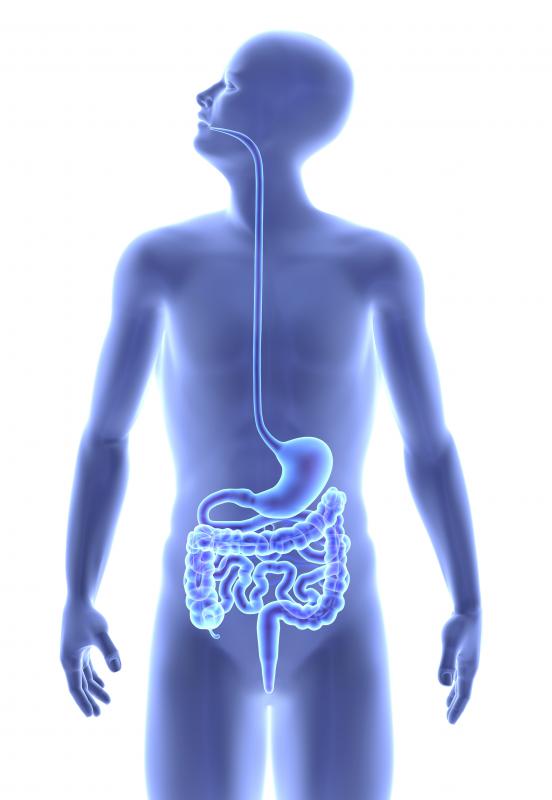At TheHealthBoard, we're committed to delivering accurate, trustworthy information. Our expert-authored content is rigorously fact-checked and sourced from credible authorities. Discover how we uphold the highest standards in providing you with reliable knowledge.
What is the Barium Swallow?
The barium swallow is a diagnostic imaging test utilized to evaluate the condition and functionality of the GI tract. The test employs the use of barium in combination with traditional X-ray technology to identify and diagnose functional and structural issues that may involve the upper gastrointestinal tract. The barium swallow does carry a minimal risk for complication in certain individuals and these should be discussed with a qualified health care provider prior to scheduling the test.
Barium, also known as barium sulfate, is a compound that possesses reflective properties that are easily visible on X-ray. Introduced through the esophagus, barium helps create a clear picture of the physical and functional presentations of the organs within the upper digestive system. After it passes through to the individual’s small intestine, the barium is usually expelled from the body within 72 hours. It is important to note that until the barium has been completely expelled from the body, its presence may interfere with the results of any additional imaging tests.

Prior to the procedure, the individual may be asked to put on a hospital gown and remove all items, including jewelry, that may interfere with the X-ray. Before the administration of the barium, preliminary X-rays may be taken. The individual will then be asked to drink up to 16 fluid ounces (about 0.5 liters) of a thick, light-colored barium preparation. A series of X-rays will then be taken to track the barium as it travels from the esophagus through the digestive system into the small intestine. Depending on how long it takes for the preparation to reach the individual’s stomach, the procedure may take up to 60 minutes to complete.

A variety of functional and structural issues may be identified during the administration of a barium swallow. Normal values associated with the test may vary depending on the laboratory and its analysis procedures. As long as the digestive organs possess normal characteristics and function properly, test results will be normal. Abnormal findings may be indicative of a variety of conditions, depending on where the irregularities or dysfunction occurred.

If the esophagus demonstrates dysfunction, it may be due to inflammation or irritation that can interfere with proper esophageal function, such as swallowing. Other indications may demonstrate the presence of conditions such as esophageal constriction, ulcers, hiatal hernia, or dysplasia as associated with esophageal cancer. Abnormal results associated with the stomach or small intestine may be indicative of the presence of inflammation, a narrowing of the passage from the stomach to the small intestine, or polyps. Additional conditions such as benign growths, ulcers, and swelling may also be detected. Abnormal results of any indication generally necessitate further testing to confirm the presence of an underlying condition.

The barium swallow does carry a risk of minimal radiation exposure due to the administration of X-rays. A barium swallow test is usually discouraged for pregnant women due to risks to the fetus. Individuals who undergo a barium swallow may experience short-term constipation following the administration of the test. Those who do not expel the barium from their system, as indicated by pale stools, within 72 hours of testing should consult their physician. Other complications associated with a barium swallow include allergic reaction and aspiration of the barium preparation.
AS FEATURED ON:
AS FEATURED ON:


















Discuss this Article
Post your comments